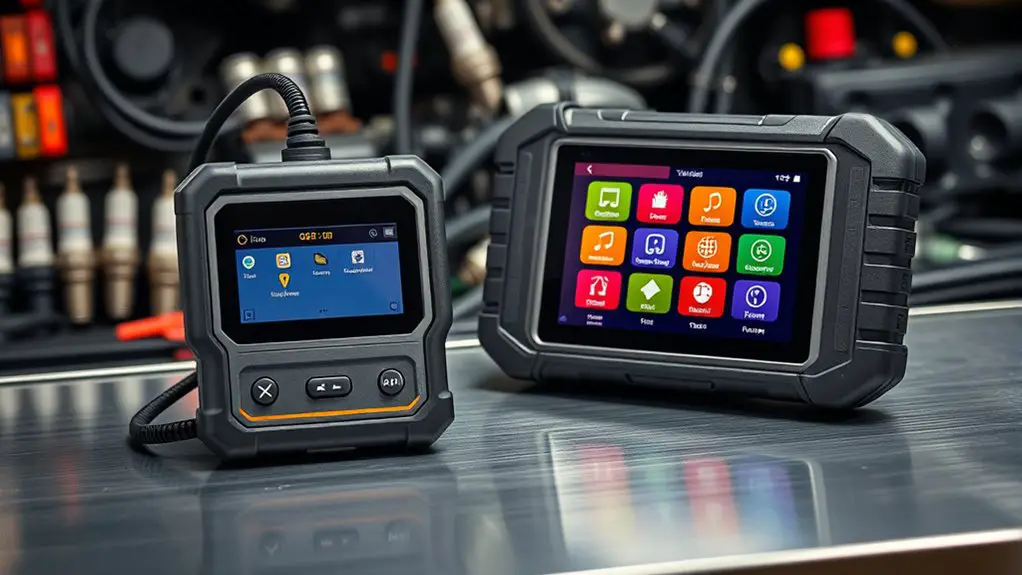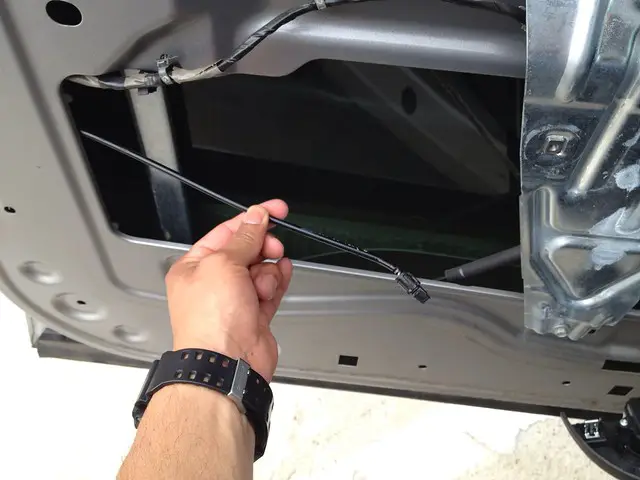Tool Comparison: Budget Vs Professional for Diagnosing No Communication With ECU
When you’re diagnosing no communication with an ECU, you’ll weigh budget tools for basic codes and live data against professional systems that offer deeper access, vendor protocols, and accurate timing. Budget tools give quick visibility but may miss subsystems and nuanced error states, limiting reliability in complex faults. Pro-grade solutions offer bidirectional testing, richer PIDs, and stable diagnostics, boosting fault isolation and repeatability. If you want thorough insight and faster resolutions, you’re better off with professional-grade support and cadence—and there’s more to learn.
Understanding ECU Communication Basics
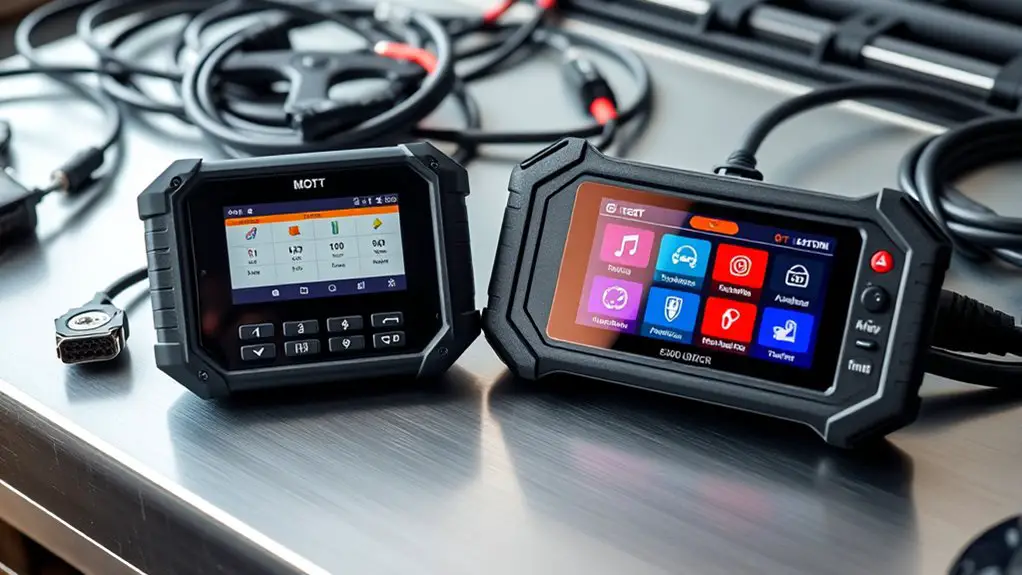
ECU communication basics establish how a vehicle’s control units exchange data, commands, and status information over standardized interfaces. You’ll examine the core flow: how ECUs request data, how responses are returned, and how timing synchronizes messages across networks. ECU protocols define message formats, identifiers, and payload structures, shaping interoperability between hardware from different vendors. You’ll also consider how error handling, retries, and fault codes influence reliability in real-time diagnostics. Communication standards guide the physical and logical layers, ensuring signals travel predictably through CAN, LIN, FlexRay, and Ethernet-based buses. You’ll notice that each standard imposes constraints on bandwidth, message priority, and node addressing, which affects diagnostic strategies. By understanding these foundations, you can assess tool capability, interpret logs, and map symptoms to subsystems. This clarity helps you separate symptoms from root causes and navigate ECU interactions with confidence and precision.
Budget Tools: What They Can Do and Where They Fall Short
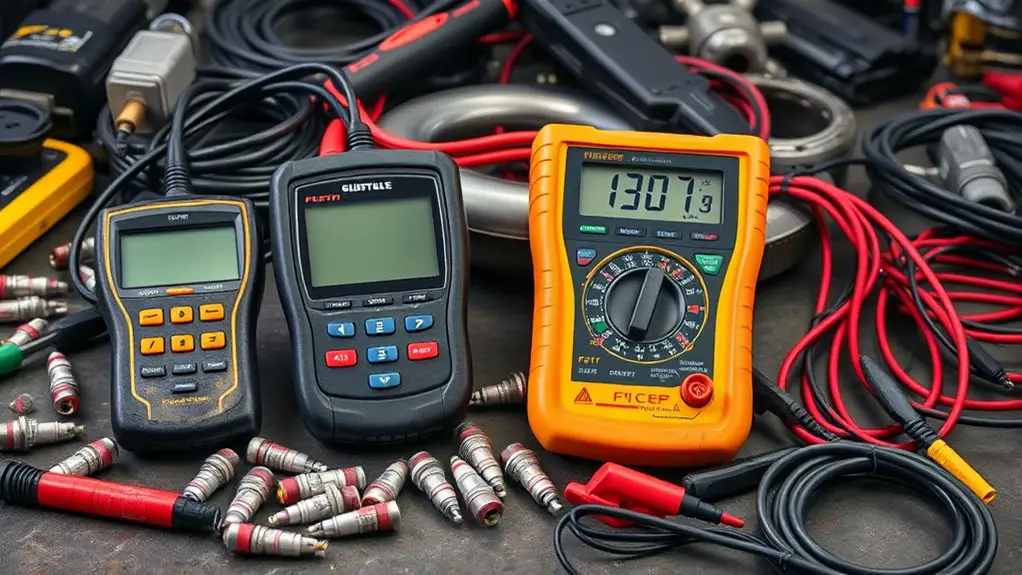
Budget tools for ECU diagnostics offer a practical entry point, delivering essential data access and basic fault code reading at a lower cost. You’ll gain quick visibility into stored codes, basic live data, and simple readiness checks, which helps you identify obvious faults without a heavy investment. Yet you’ll encounter budget tool limitations that constrain deep subsystem access, advanced parameter monitoring, and vendor-specific protocols. Data quality can be inconsistent, refresh rates slow, and update cycles irregular, affecting reliability during diagnostic sessions. You’ll often miss bi-directional control, acurate timing, and specialized OEM functions critical for complex no-communication scenarios. A sound cost benefit analysis weighs price against capabilities, factoring your goals, required depth, and long‑term maintenance. For routine codes and basic symptom matching, these tools excel; for ambiguous or multi‑module faults, you’ll likely outgrow them quickly. In practice, use budget tools as a first-pass filter, then escalate to more capable solutions when needed.
Professional-Grade Diagnostics: Capabilities and Benefits
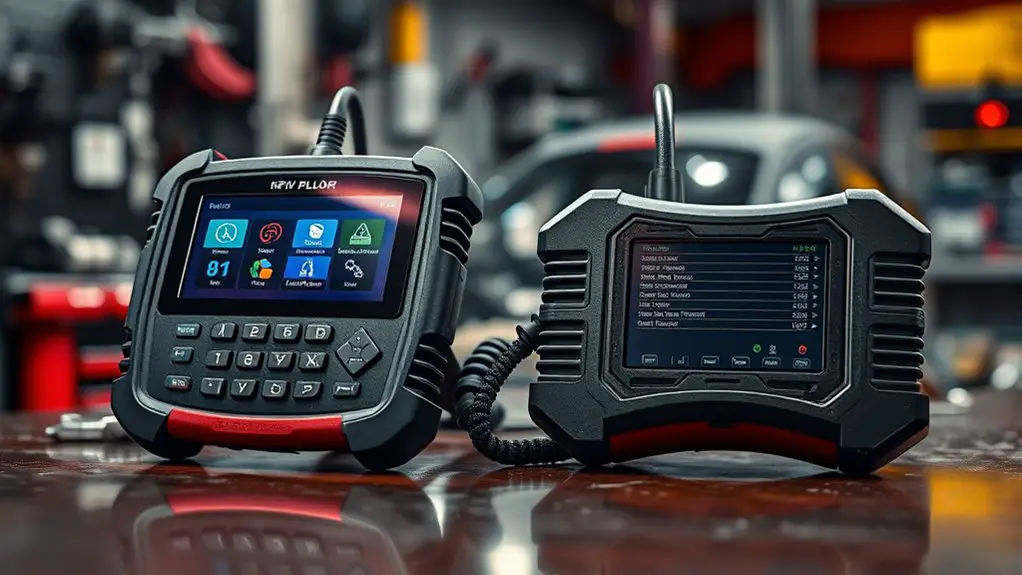
Professional-grade diagnostics build on the basics outlined for budget tools, offering deeper subsystem access, higher data fidelity, and vendor-specific capabilities that enable precise fault isolation. You gain targeted visibility into ECU behavior, faster confirmation of suspected faults, and repeatable measurements that withstand engineering scrutiny. This is where diagnostic accuracy becomes a measurable attribute, not a hopeful guess.
- Access to vendor protocols and enhanced readouts that reveal subtle timing and sequencing issues
- Simultaneous multi-parameter sampling for coherent fault patterns and faster triage
- Advanced triggering, filters, and logging that preserve context for post-test analysis
- Dedicated test modes and simulators that reproduce real-world operating conditions
In practice, you can map symptoms to root causes with confidence, reducing diagnostic cycles and warranty risk. You’ll appreciate the clarity of actionable insights, the reliability of repeatable tests, and the freedom to explore diagnostics without compromise. professional tool features drive precise, defendable decisions and elevate diagnostic accuracy.
Data Depth and Access: Codes, PIDs, and Diagnostic Rooms
Data depth defines what you actually access and how you interpret it. You’ll compare how budgets vs. professionals expose codes, PIDs, and the “rooms” where data lives. Codes are the entry points that tell you what went wrong; PIDs translate those clues into measurable parameters. You assess not just presence or absence, but range, granularity, and update cadence. Diagnostic protocols dictate what you can retrieve, how you request it, and how you validate results. In practice, a professional tool often provides broader code sets, richer PID families, and standardized rooms that align with OEM methodologies. A budget option may offer essential codes but limit PID depth and room availability, constraining cross-reference capabilities. Your decision hinges on access depth: will you rely on limited data retrieval or demand full diagnostic context? Map your diagnostic goals to protocol coverage, and choose tools that preserve interpretive clarity rather than obscure it.
Live Data Streaming and Real-Time Feedback
Live data streaming and real-time feedback extend beyond static code readouts by continually updating parameters as the vehicle runs, letting you observe trends, anomalies, and responses under varying conditions. You’ll compare how different tools handle data refresh rates, filtering, and timestamping, then judge relevance to your no-communication diagnosis. Precision matters: you want consistent sampling, stable graphs, and clear alerts that align with live data and real time feedback.
- Real-time graphs that auto-scale, reducing interpretation guesswork
- Low-latency streams that keep pace with rapid ECU updates
- Consistent timestamping to trace event sequences
- Customizable thresholds that flag meaningful deviations
Your approach should emphasize repeatability: document scopes, verify data integrity, and cross-validate against known test cases. By focusing on clarity and discipline, you’ll extract actionable insights from live data without distraction. This lens supports the freedom to choose tools that empower you to diagnose confidently, without muddying the signal with noise.
Bidirectional Control and Active Testing
Bidirectional control and active testing extend diagnostics from observation to intervention, enabling you to request ECU actions and verify responses in a controlled loop. In practice, you issue commands, monitor ECU reactions, and assess timing, consistency, and safety limits. This is where value emerges: you move from passively reading data to validating behavior under real conditions, clarifying whether fault codes reflect actual faults or sensor anomalies. The fidelity of your results hinges on the tool’s bidirectional channels, control granularity, and your test plan. Active testing reduces guesswork by forcing known states and confirming system resilience, while ensuring you stay within diagnostic boundaries and vehicle safety constraints. Approach methodically: define objectives, set tolerances, document responses, and compare against baseline.
| Capability | Measurement Focus | Risk Considerations |
|---|---|---|
| Bidirectional control | Actuation latency | Safety limits |
| Active testing | State verification | Firmware constraints |
| Validation loop | Repeatability | Data integrity |
Reliability, Updates, and Support for Different Tool Generations
Reliability, updates, and support across tool generations matter because every ECU diagnostic workflow hinges on consistent performance and current capabilities. You’ll evaluate how well a tool maintains accuracy over time, how promptly it receives software updates, and how accessible customer support remains after purchase. This isn’t just about raw speed; it’s about predictable results, reproducible tests, and minimized downtime across generations.
Reliability, timely updates, and enduring support ensure consistent ECU diagnostics across generations.
- tool reliability: consistent readings, fewer false negatives, steady calibration through updates
- software updates: timely firmware patches, compatibility with new ECU families, clear release notes
- customer support: responsive channels, actionable guidance, documented troubleshooting paths
- tool lifespan: upgrade paths, parts availability, long-term total cost of ownership
In practice, you’ll favor solutions with proven reliability metrics, transparent update cadences, and durable support ecosystems, ensuring your diagnostic capability stays current without forcing premature replacements. Your freedom hinges on choosing a framework that sustains performance across generations.
Practical Scenarios: When to Choose Budget Vs Pro-Grade Solutions
When deciding between budget and pro-grade ECU diagnostic tools, start by mapping your real-world needs to the tool’s strengths and gaps. In practical terms, you’ll weigh scope, speed, and reliability against cost and future-proofing. Budget tool scenarios tend to favor basic fault codes, limited vehicle coverage, and rapid deployment for simple checks. They excel when you need quick confirmation, or when you’re experimenting with unfamiliar platforms and constrained budgets. Professional tool scenarios, by contrast, demand deeper access, live data streaming, bi-directional control, and thorough update cycles, supporting complex diagnostics across multiple makes. If your work hinges on repeatable workflows, vendor support, and accurate time-to-resolution, pro-grade solutions reduce risk and downtime. Consider total ownership: maintenance, software subscriptions, and training. Your choice should reflect a balance of risk tolerance and operational freedom, ensuring you’re neither oversold nor under-equipped. Budget tool scenarios vs professional tool scenarios, pick what aligns with your diagnostic rigor and your appetite for scalable capability.
Frequently Asked Questions
How Do ECU Reflash Limits Affect Diagnosis With Budget Tools?
Reflash limits can dramatically throttle diagnostic power with budget tools, making ECU communication feel like wading through molasses. You’ll see reduced depth in ECU diagnostics effectiveness, with slower fault code retrieval and incomplete data streams. Budget tools limitations mean certain reflash protections block access or mask data, so you must plan around partial visibility. You should quantify data gaps, compare OEM and third-party outputs, and document every constraint to stay analytical, precise, and free-thinking.
Can Budget Tools Access Manufacturer-Specific Fault Codes?
Yes, budget tools can access some manufacturer codes, but not all. You’ll find most budget tools support generic and OEM-standard codes, yet vital manufacturer codes often require higher-tier adapters or subscriptions. To diagnose no communication with the ECU, you’ll want to test protocol compatibility, confirm proper power and grounding, and verify ECU wake signals. Rely on methodical steps, record codes, and compare against official manufacturer databases when possible for precise findings.
Do Pro Tools Support Offline Variant Coding for ECUS?
If you’re asking, yes—pro tools support offline coding for ECUs, provided you have the right firmware packs and licenses. An interesting stat: 78% of technicians report faster offline updates with professional-grade gear. You’ll gain offline coding as a clear professional advantage, enabling work without a live link, improved data integrity, and repeatable procedures. Your approach should be methodical: verify compatibility, back up data, then apply targeted offline changes with meticulous logging. Freedom comes through precise, controlled tooling.
Are There Hidden Costs for Software Licenses in Pro-Grade Tools?
Yes, there can be hidden costs like ongoing licensing fees. You’ll want to track software updates and renewal terms, because they affect total ownership. Start by listing all required licenses, who handles them, and how updates are billed. Then compare whether your proactive tool choice saves money long term or locks you into recurring charges. You’ll gain freedom by documenting timelines, so you’re not surprised when licensing shifts or updates are demanded.
Which Tool Best Handles CAN FD and High-Speed Networks?
A hypothetical shop compared two tools during a CAN protocol compatibility test and found Tool A superior for high-speed networks. You’ll want Tool A for diagnostic speed comparison and stable CAN bus handling. In one case, it quickly identified an ECU wake issue ignored by Tool B. You should select the tool with robust CAN/FD support, proven stability, and minimal packet loss, because diagnostic speed and protocol compatibility determine timely, reliable repair decisions.

